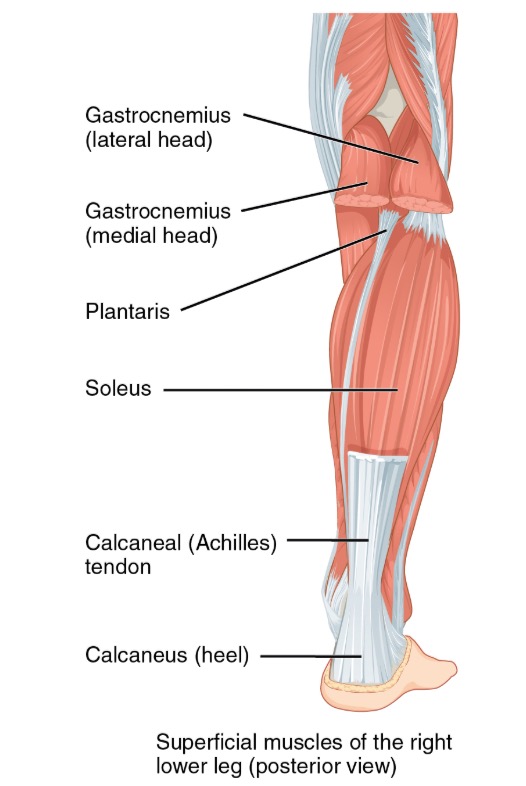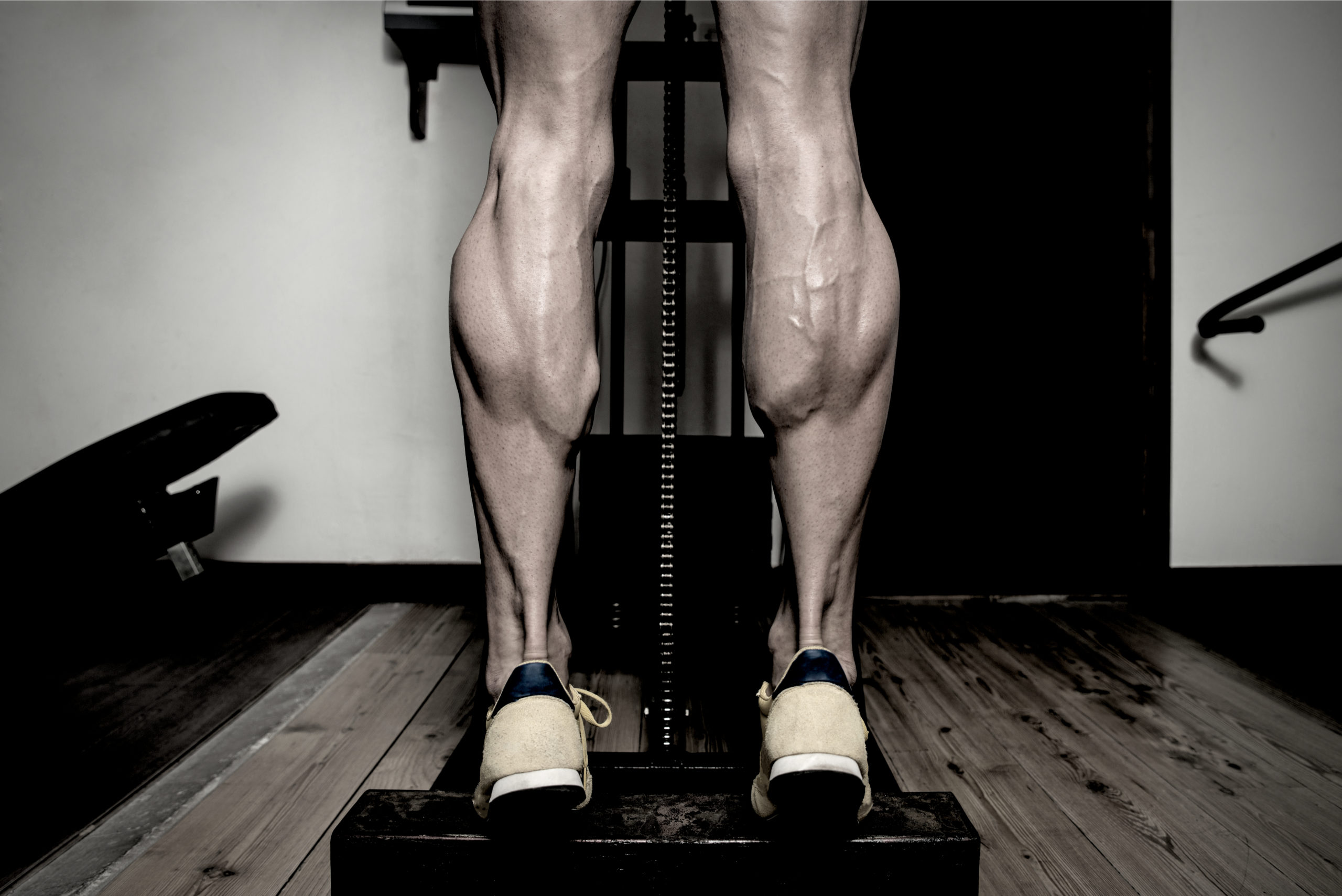5 OF THE HARDEST TO TRAIN BODY AREAS
- Obliques. Pretty much everyone does the standard ab crunches, but crunches aren't going to develop your obliques.
- Calves.
- Forearms.
- Triceps.
- Lower stomach.
Leia mais
What are the easiest muscles to grow in later life
- Lower Back Muscles.
- Latissimus Dorsi.
- Rhomboids.
- Abdominals.
- Hamstrings.
- Obliques.
- Calves.
- Forearm Muscles. This is more about grip strength than just your forearm muscles.
Glute Muscles
Perhaps the most neglected muscle group in the body, the Glutes are also one of the most important muscle groups for proper biomechanics and optimal sports performance. They're also connected to your spine, so weak Glutes muscles can lead to back pain and injury.
Why are some muscles harder to grow
“The main reason for certain muscles to not activate is overcompensation from bigger muscles in surrounding areas,” says Aaptiv Trainer Mike Septh. In a nutshell, the smaller the muscle, the harder it is to target and strengthen. Flexibility issues can make it challenging to target certain muscles too.
The Stapedius, the smallest skeletal muscle in the human body, which is about 1 mm in length, is regarded to be the weakest muscle. It originates from a prominence known as the pyramidal eminence at the posterior edge of the tympanic cavity.The strongest muscle based on its weight is the masseter. With all muscles of the jaw working together it can close the teeth with a force as great as 55 pounds (25 kilograms) on the incisors or 200 pounds (90.7 kilograms) on the molars.The Stapedius
The Stapedius, the smallest skeletal muscle in the human body, which is about 1 mm in length, is regarded to be the weakest muscle. It originates from a prominence known as the pyramidal eminence at the posterior edge of the tympanic cavity. It inserts into the stapes' neck.
Type llx muscle fibers are what you could call the “pure” fast-twitch muscle fibers. They contract extremely quickly, have the greatest potential for growth, become fatigued in short order, and take a long time to recover.
What is the weakest muscle
The Stapedius
The Stapedius, the smallest skeletal muscle in the human body, which is about 1 mm in length, is regarded to be the weakest muscle. It originates from a prominence known as the pyramidal eminence at the posterior edge of the tympanic cavity. It inserts into the stapes' neck.
Serratus anterior
- The forgotten muscles. Quads, abs, biceps, pecs – chances are, your strength routine involves these muscle groups.
- Serratus anterior.
- The pelvic floor.
- Gluteus medius and minimus.
- Vocal fold muscles.
- Rhomboids.
- Jaw muscles.
- Adductors.
Your heart! It grows with the rest of your body, and while it doesn't get bigger by working out more, it gets in shape.
Leia mais
around 50 years old
In older people's muscles, by comparison, the signal telling muscles to grow is much weaker for a given amount of exercise. These changes begin to occur when a person reaches around 50 years old and become more pronounced as time goes on.Serratus anterior
- The forgotten muscles. Quads, abs, biceps, pecs – chances are, your strength routine involves these muscle groups.
- Serratus anterior.
- The pelvic floor.
- Gluteus medius and minimus.
- Vocal fold muscles.
- Rhomboids.
- Jaw muscles.
- Adductors.
cardiac muscle
This is primarily because the heart is made of cardiac muscle, consisting of special cells called cardiomyocytes. Unlike other muscle cells in the body, cardiomyocytes are highly resistant to fatigue.The Stapedius
The Stapedius, the smallest skeletal muscle in the human body, which is about 1 mm in length, is regarded to be the weakest muscle. It originates from a prominence known as the pyramidal eminence at the posterior edge of the tympanic cavity.
Heavier people not only have more fat mass but also more fat-free mass, likely making them stronger (in absolute sense) compared to normal-weight people. Heavier people are more positive about strength exercises compared to (1) normal-weight people and (2) aerobic exercises.Even at full effort, most people do not generate 100 percent of the force their muscles can physiologically produce, Jenkins said.Late teens and early twenties are the perfect age to start bodybuilding. Puberty and bodybuilding are closely related because this is the fastest time for muscle growth. Between, 17-25, you will experience testosterone driven growth burst in your muscles.Fast Twitch Muscle Fiber Types. The two types of skeletal muscle fibers are slow-twitch (type I) and fast-twitch (type II). Slow-twitch muscle fibers support long distance endurance activities like marathon running, while fast-twitch muscle fibers support quick, powerful movements such as sprinting or weightlifting.
But our least-used muscles are probably the lumbar multifidus muscles in the lower back. Studies have shown that prolonged slumping in front of the TV can inactivate these muscles.Weakest Muscle:
- The Stapedius, the smallest skeletal muscle in the human body, which is about 1 mm in length, is regarded to be the weakest muscle.
- It originates from a prominence known as the pyramidal eminence at the posterior edge of the tympanic cavity.
- It inserts into the stapes' neck.
Typically, muscle mass and strength increase steadily from birth and reach their peak at around 30 to 35 years of age. After that, muscle power and performance decline slowly and linearly at first, and then faster after age 65 for women and 70 for men.Late teens and early twenties are the perfect age to start bodybuilding. Puberty and bodybuilding are closely related because this is the fastest time for muscle growth. Between, 17-25, you will experience testosterone driven growth burst in your muscles.
Just about all of them! But our least-used muscles are probably the lumbar multifidus muscles in the lower back. Studies have shown that prolonged slumping in front of the TV can inactivate these muscles.You Don't Have Enough Training Volume
Hypertrophy adaptations (I.E. building muscle) are ruled by the principle of volume. The more volume in your training (more sets and reps) the greater the hypertrophy response you will get (up to a point of course).






